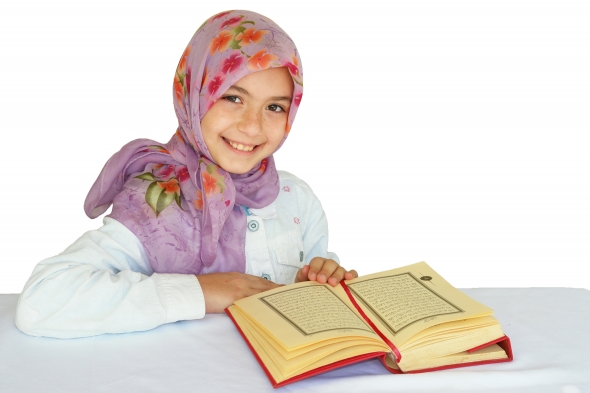Конспект урока английского языка в 8 классе
Цикл 3. Traditions, Manners
Traditions and Celebrations
Методическая цель: создание на уроке условий для интеллектуального и эмоционального развития учащихся.
Развивающая цель: развитие аналитических способностей учащихся.
Воспитательная цель: формирование уважительного отношения к традициям страны изучаемого языка.
Учебная цель: формирование лексических навыков чтения и говорения.
Ход урока
1. Warm-up
T: Sending and receiving postcards, setting off fireworks, playing tricks, going on picnics, drinking champagne, taking part in a parade, dancing, eating cakes and a substantial family dinner… What is a key word that connects all these actions? Yes, you are right, it’s a tradition.
На доске записан вопрос What is a tradition?
T: Can you answer the question right now? What do you think a tradition is?
Учащиеся дают свои дефиниции данного слова.
2. T: Holidays and festivals is an essential part of our life. Look at the blackboard. Unscramble the names of three important festivals and match them with the pictures.
На доске представлены Рождество, Пасха и Хэллоуин.
А Easter, B Christmas, C Halloween

3. Read the following pieces of information and decide which of the above festivals they refer to.
| 1. One of the long-standing traditions is the belief that the mistletoe plant holds magic powers and protects against disease. | 5. Evergreens as symbols of survival are associated with this festival. |
| 2. It dates back to the ancient fire festivals when huge bonfires were set on hilltops to frighten away evil spirits. | 6. Eggs – symbol of new life and resurrection – are brightly coloured and decorated. |
| 3. Its common symbol is pumpkin carved in the appearance of a demonic face and with lighted candle inside. | 7. It’s a Christian festival commemorating the birth of Jesus Christ. It dates back to the pagan festival marking the birthday of “unconquered sun”. |
| 4. This main festival of the Christian church celebrates the Resurrection of Jesus Christ on the third day after his Crucifixion. | 8. This is an autumn festival with ghosts, witches, black cats, fairies and demons of all kinds. |
| 9. Its symbol is the rabbit. |
| bonfire костер evergreen вечнозеленое растение Resurrection воскресение (из мертвых) survival выживание Crucifixion распятие на кресте pagan языческий to carve вырезать |
Key: A 4, 6, 9
B 1, 5, 7
C 2, 3, 8
4. T: When are these holidays celebrated? And what about the following date? (June 24th) What is the occasion?
There are strange places in Britain and strange people connected with them. One of them is Stonehenge. What have you learned about the place and celebrations connected with it? Work in pairs. Complete your sentence choosing the best variant. Let’s make a story.
Работая в парах, учащиеся выбирают нужное окончание из трех данных вариантов. В результате должен получиться небольшой рассказ о празднике летнего солнцестояния в Стоунхендже.
Midsummer’s Day, June 24th is the longest day of the year.
On that day a very old custom at Stonehenge in Wiltshire, England is observed.
Stonehenge is one of the Europe’s biggest stone circles.
The earliest part of approximately 5000 years old.
It was used by Druids for a calendar. The sun and stones at Stonehenge let them know when the months and seasons start.
On the morning of June 24th the sun shines on one famous stone – the Heel Stone, this is the most important moment of the year of the Druids.
Every June a lot of them attend Stonehenge. It is a strange, ancient, rare but still living custom.
| Midsummer’s Day, June 24th is | the earliest part of Stonehenge. the longest day of the year. very old custom at Stonehenge in Wiltshire, England is observed. |
| On that day a | one of the Europe’s biggest stone circles. Stonehenge let them know when the months and seasons start. very old custom at Stonehenge in Wiltshire, England is observed. |
| Stonehenge is
| one of the Europe’s biggest stone circles. the longest day of the year. 3. one famous stone – the Heel Stone, this is the most important moment of the year of the Druids. |
| It was used by Druids for a calendar. The sun and stones at | one of the Europe’s biggest stone circles. Stonehenge let them know when the months and seasons start. one famous stone – the Heel Stone, this is the most important moment of the year of the Druids.
|
| On the morning of June 24th the sun shines on | one of the Europe’s biggest stone circles. the earliest part of Stonehenge. one famous stone – the Heel Stone, this is the most important moment of the year of the Druids.
|
| Every June a lot of them attend Stonehenge. It is a | a strange, ancient, rare but still living custom. the earliest part of Stonehenge. very old custom at Stonehenge in Wiltshire, England is observed. |
| The earliest part of Stonehenge is | one famous stone – the Heel Stone, this is the most important moment of the year of the Druids. approximately 5000 years old. a strange, ancient, rare but still living custom.
|
5. a) Traditions can be old or new but still they are observed. You’ll hear Dolly and Tanya talking about a custom that doesn’t have deep roots but it is loved by the British. Listen and say why Dolly is so excited? (ex. 1.4, p. 83) How old is the great-grandmother?
b) What do you think can be written in the telegram? What could be the Queen’s wishes? (AB ex. 6, p. 39)
6. Homework: AB ex. 4 (1, 3), p. 36-37.


















